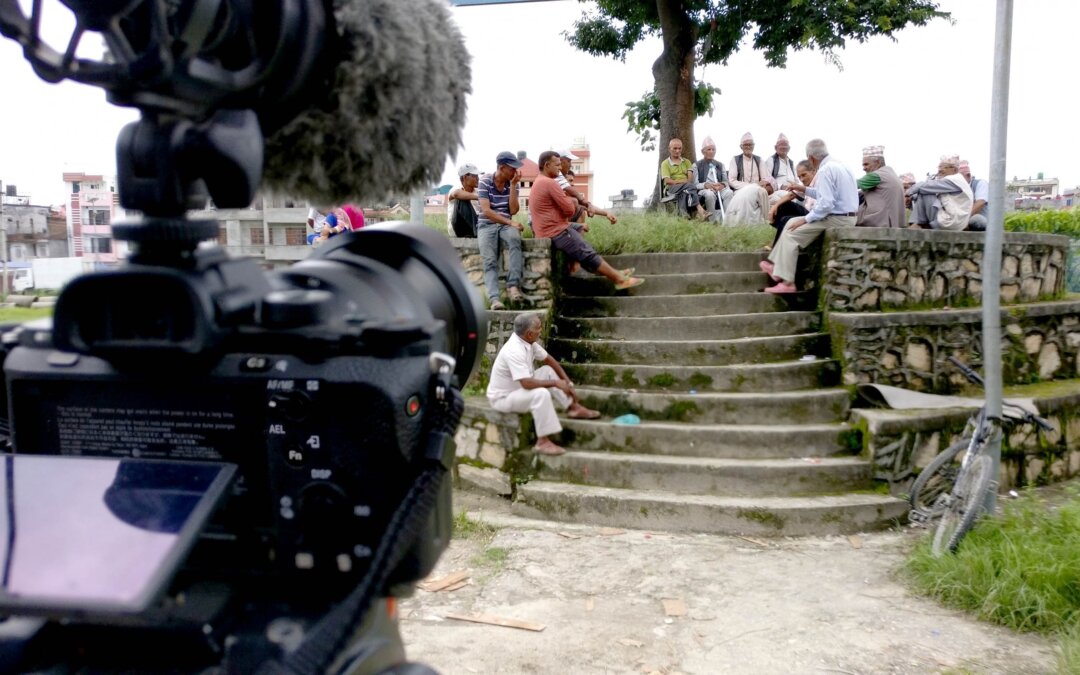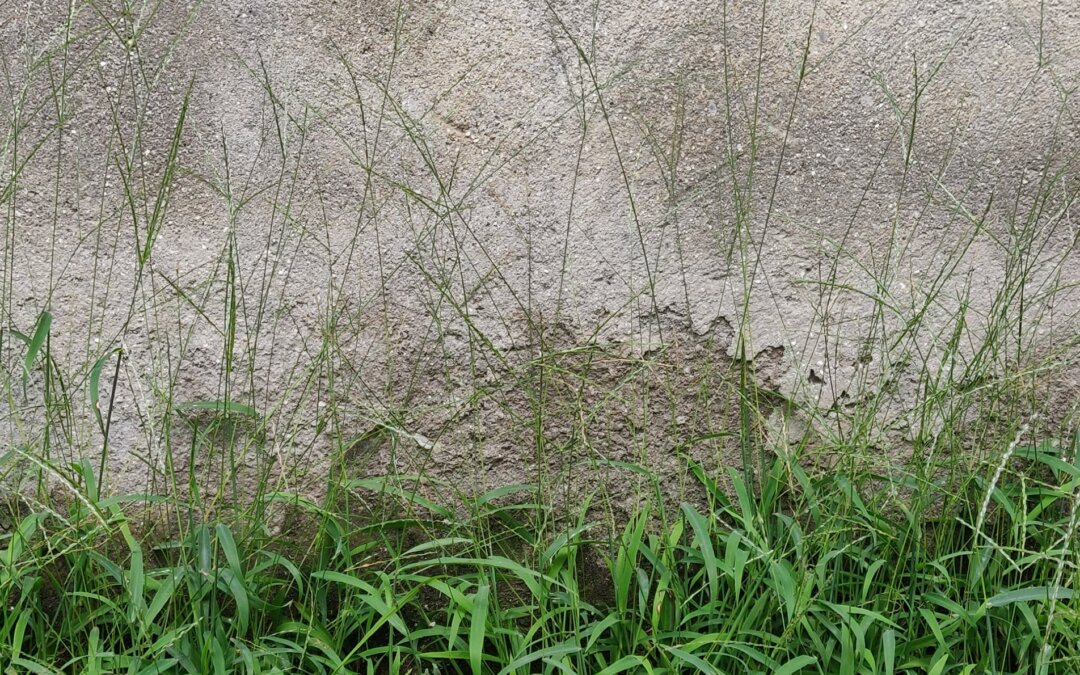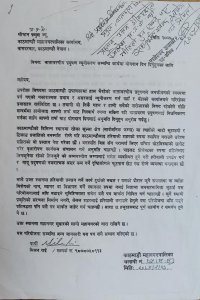
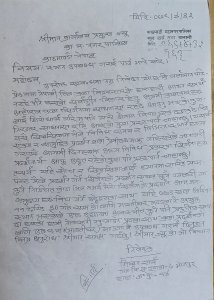
Year 2012 - My proposal to incorporate public art was rejected. Year 2017 - My proposal to re-green the city was overlooked
Since 2012, I began entering various departments of Kathmandu metropolitan city with a proposal to incorporate contemporary art in public space.
I looked for ways to begin this conversation but in every encounter, I faced the limitations and traditional viewpoints. They viewed art as a luxury that we add to life when we have extra time and money. I thought art should be a part of our lives as it changes and affirms who we are and who we can be. It should not be limited to commodity-driven investment, comfortably existing to please an elite group of audience, critics, and patrons. Art is a necessity and its role urgent than ever.
On various occasions, I tried to explain how art elements can enrich other spheres of everyday life. However, the authorities were disinterested and uninformed about the benefits that art can bring into the city. The city agencies did not even permit a location to display some of my work. In response to that, I surged with the guerrilla approach and interventions to draw attention to issues and topics I wished to tackle. I realized that operating against the rules refined my process and allowed other decisions to emerge. It also nurtured an artist who loves the city and believes art can make it a better place. If I had waited for their consent, they would have interrupted and these constraints continue until today.
As I shifted from writing a proposal to the instigator, my public art started budding from there. Traveling to many other developed countries, deepened my fascination for contemporary arts used as a policy to grace their cities. My request for permission and funding to realize art in public spaces were discarded both by municipal governments and by the corporations. It was crucial to challenge the relationship between art and society.
So I started working extensively examining the role of art in public spaces. Though the city agencies are slow to embrace fresh perspectives and acknowledge the role of the arts in society. Over the few years, we have begun to witness a number of street artists, reclaiming the spaces and challenging dominant forms of power using tactical interventions, forms, and new media of pedagogy.
In the initial days, I exercised the tactical which is often temporary, guerrilla-style, and interventionist. Later, I move along the axis, exploring the socio-political horizon and encompassing art that is strategic, infrastructural, and can contribute to the urban future in the long term. Here the success of the artist is the success of society.
In 2019, I was able to construct a new relationship with the mayor and other government officials. I suggested public art in the urban framework to cultivate wonder and emphasized creative placemaking as a tool for awareness and change in society.
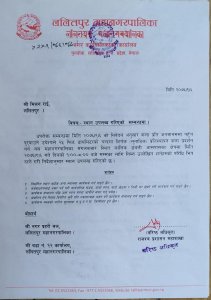
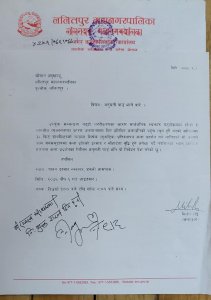
Finally, after 7 years (2012 – 2019) I was able obtain official permission to place my art installation in a public space, ( a historic setting of patan durbar square ) Public arts in Nepal, is at rudimentary phase at its best. Though there were appreciative of the idea, Due to lack of funds, grants we have not been able to realize the potential of public art as a significant part of urban society.The fact that, I generated this Installation generated the funding’s from my well-wishers rather than the city or institution, the amount of bureaucracy I went through and will be going through in the days to come, highlights the situation of art in public space for the public in Nepal.
I launched an Installation entitled ” Lunatic” to liberate and connect art and urban environment allowing people to have a richer daily journey and upgrade the notion of art. Its effect was felt by the public and local authorities which helped to provide a better understanding of how art can shift public consciousness and bring multidimensional impacts. Slowly the Lalitpur city is now considering to instigate contemporary arts which is upbeat to establish a culture that lets creative progress happen.

